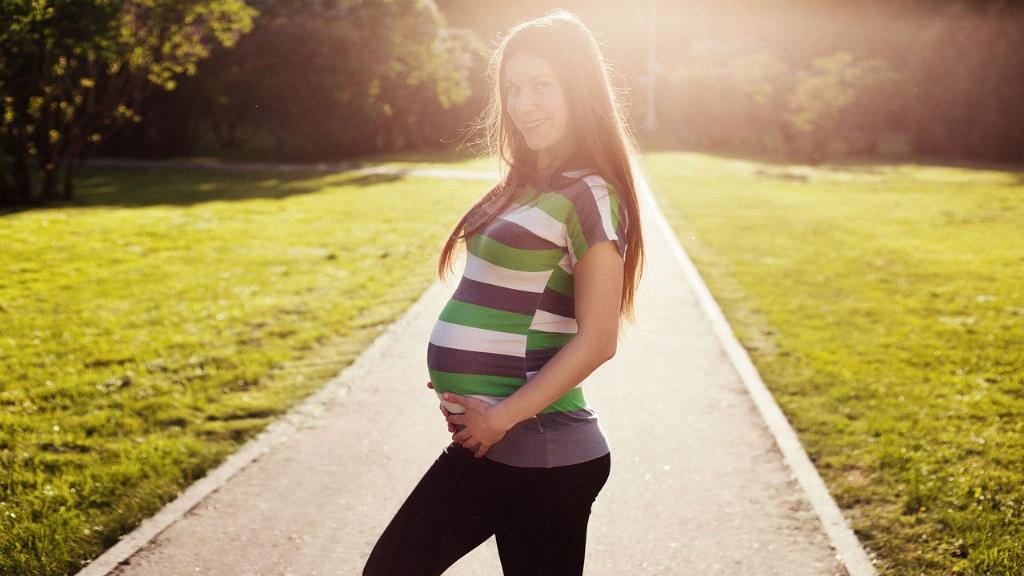Having a tilted uterus, also known as a retroverted uterus, can bring about certain challenges and discomforts for women. Understanding the implications of this anatomical variation is crucial for maintaining awareness of how it can affect one’s reproductive health and overall well-being.
Delayed Baby Bump Appearance
One of the prominent disadvantages of a tilted uterus is that it can lead to the delayed appearance of a baby bump during pregnancy. This delay in showing signs of pregnancy can sometimes cause unnecessary worry and anxiety for expectant mothers who may be concerned about the development of their baby.
Difficulties During Intercourse
Another downside of having a tilted uterus is that it can contribute to discomfort or pain during intercourse. The positioning of the uterus may result in awkward angles that make certain sexual positions uncomfortable, leading to potential challenges in intimacy for some women.
Increased Menstrual Pain
Women with a tilted uterus may experience heightened menstrual pain compared to those with a typical uterine position. The misalignment of the uterus can impact the flow of menstrual blood and contribute to more intense cramping and discomfort during menstruation.
Potential Fertility Issues
There is a possibility that a tilted uterus could be associated with fertility challenges for some women. The altered position of the uterus may affect sperm movement and hinder the process of conception, making it more difficult to achieve pregnancy for some individuals.
Urinary Infections
Having a tilted uterus can also have implications for urinary health. The positioning of the uterus may exert pressure on the bladder, potentially leading to increased susceptibility to urinary tract infections or other urinary issues in some women.
Complications During Pregnancy
During pregnancy, a tilted uterus can sometimes pose challenges and complications. The positioning of the uterus may impact the baby’s positioning in the womb, potentially increasing the likelihood of breech presentation or other delivery difficulties.
Back Pain and Discomfort
Women with a retroverted uterus may experience more frequent episodes of back pain and discomfort. The altered position of the uterus can place added pressure on the back muscles, leading to discomfort or pain that may interfere with daily activities.
Increased Risk of Endometriosis
Some studies suggest that there may be a correlation between a tilted uterus and an increased risk of developing endometriosis, a condition in which the tissue lining the uterus grows outside of it. This heightened risk underscores the importance of regular health monitoring for women with this anatomical variation.
Challenges in Imaging Tests
Diagnostic imaging tests such as ultrasounds or Pap smears may be more challenging to interpret accurately in women with a tilted uterus. The altered position of the uterus can sometimes make it harder to obtain clear imaging results, potentially impacting the quality of diagnostic assessments.
Emotional Impact
Dealing with the disadvantages associated with a tilted uterus can also have emotional ramifications for some women. The challenges and uncertainties related to fertility, pregnancy, and overall reproductive health may contribute to feelings of stress, anxiety, or frustration for individuals navigating these concerns.
Conclusion
In conclusion, while a tilted uterus is a common anatomical variation, it can bring about certain disadvantages and challenges for women in various aspects of their reproductive health. Being informed about the potential implications of this condition is essential for seeking appropriate medical guidance and support to address any related issues effectively.

